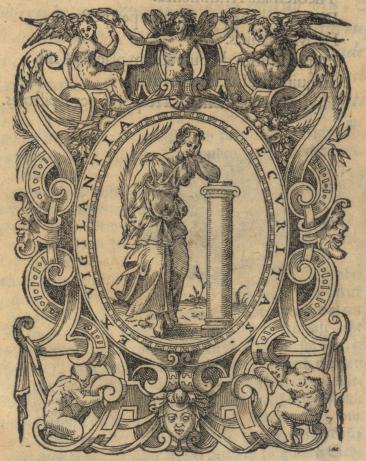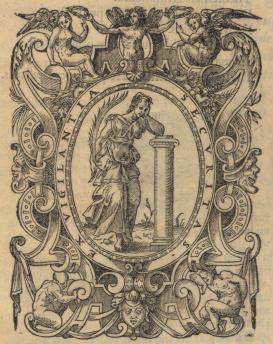The Italian Renaissance of mechanics, an age in which “artist-engineers” were transformed into “scientist-engineers” and eventually at court, “mathematical philosophers,” can be best understood against the background of the formation of a court society bridging feudal universalism and the global particularism of the modern national states. A specific research on Giovanni Battista Benedetti’s major work in pre-Galilean physico-mathematics, Diversarum speculationum mathematicarum et physicarum liber (Turin, 1585), aimed to show the social-political roots, strengths and limitations of the science that emerged in court society (Pietro Daniel Omodeo, Jürgen Renn). This was characterized by the dialogical openness typical of the court literati, the technical accuracy necessitated by a centralized administration, and the volatility of a personally patronized enterprise. A new edition of this work (Berlin: Edition Open Access, 2018) discusses the testi and contesti of Benedetti’s most daring insights on mechanics, the mathematical approach to natural investigation, and the connection of celestial and terrestrial dynamics in a post-Copernican perspective.

Frontispiece of Benedetti’s Diversae speculationes, 1585.

